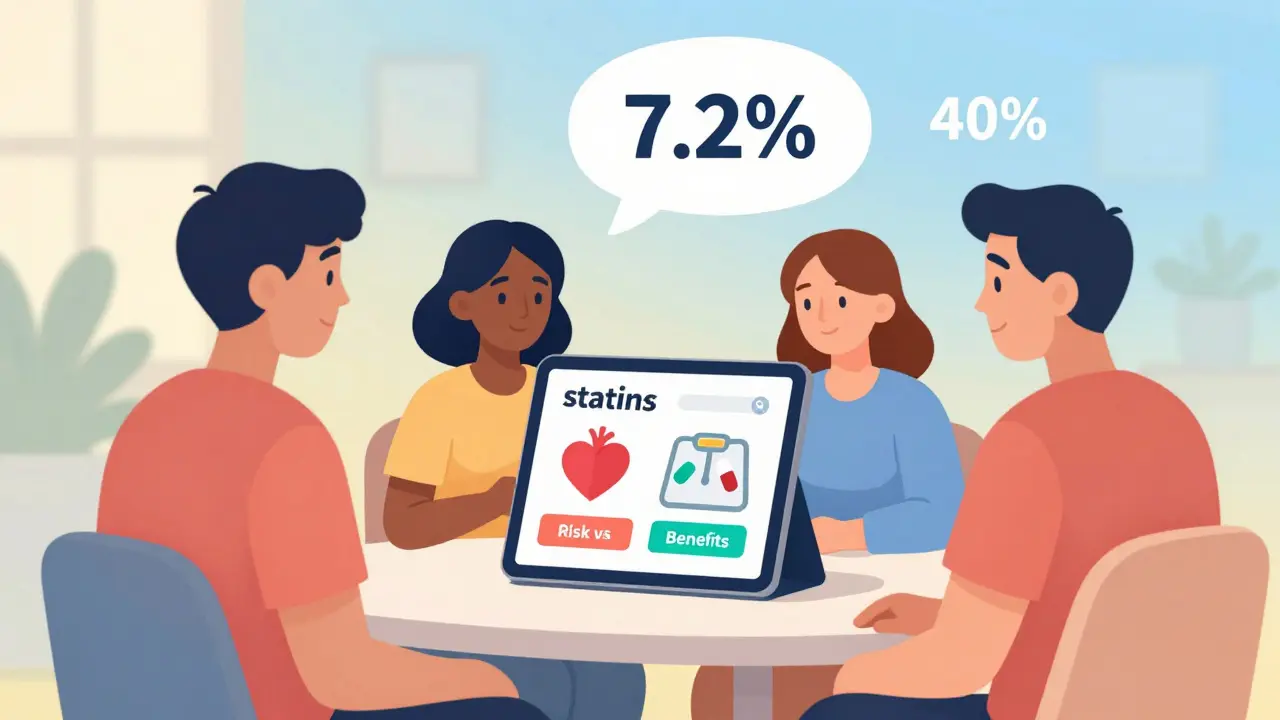Caprylic Acid: What It Is and Why People Use It
Caprylic acid is a medium-chain fatty acid found in coconut oil, palm kernel oil, and human breast milk. It’s popular as a supplement because lab studies show it can weaken Candida and other yeasts. People use it for gut health, occasional yeast overgrowth, and as part of MCT oil blends for quick energy.
How caprylic acid works and common uses
Caprylic acid can break down the cell membranes of certain yeasts in lab conditions. That’s why you’ll see it in natural antifungal protocols aimed at Candida overgrowth. It’s also a fast-burning fat used in MCT oil products to boost short-term energy and support ketosis for people on low-carb diets.
Common real-world uses include: managing symptoms some users attribute to yeast imbalance (bloating, brain fog, sugar cravings), adding a few teaspoons of MCT oil to coffee for energy, or taking caprylic acid capsules alongside probiotics to help rebalance the gut.
How to use caprylic acid safely
Capsules and liquid MCT oils are the usual forms. Over-the-counter caprylic acid supplements are often labeled 500–1,000 mg per capsule. A common approach is to start low—one 500 mg capsule once a day—and slowly increase if tolerated. Many users find 1,000–2,000 mg per day split into two doses works well. Some clinical protocols mention up to 3,000 mg daily, but that should only be under professional supervision.
For MCT oil, a typical starting amount is 1 teaspoon per day, working up to 1–2 tablespoons daily as tolerated. Take caprylic acid or MCT oil with food to reduce stomach upset.
Caprylic acid is not a guaranteed cure. Evidence includes lab studies and small clinical reports, not large definitive trials. Use it as a supportive measure, not a replacement for prescribed antifungal drugs when those are needed.
Safety tips and side effects
Side effects are usually mild and mostly digestive: nausea, cramping, gas, or loose stools. Those often ease when you lower the dose or take it with meals. If you have a history of liver disease, chronic GI conditions, or are pregnant or breastfeeding, talk to your doctor before starting.
Also consider interactions: caprylic acid can change gut flora, so if you’re on antifungal medications or strong antibiotics, discuss timing and monitoring with a clinician. If symptoms get worse after starting the supplement—fever, severe abdominal pain, or allergic reactions—stop and seek medical care.
Practical tip: pair caprylic acid with a probiotic and a low-sugar diet if you’re targeting yeast issues. That combo often gives better results than any single product alone.
If you want to try caprylic acid, start small, watch how your body reacts, and check in with a healthcare pro if you plan to use higher doses or have health conditions.






